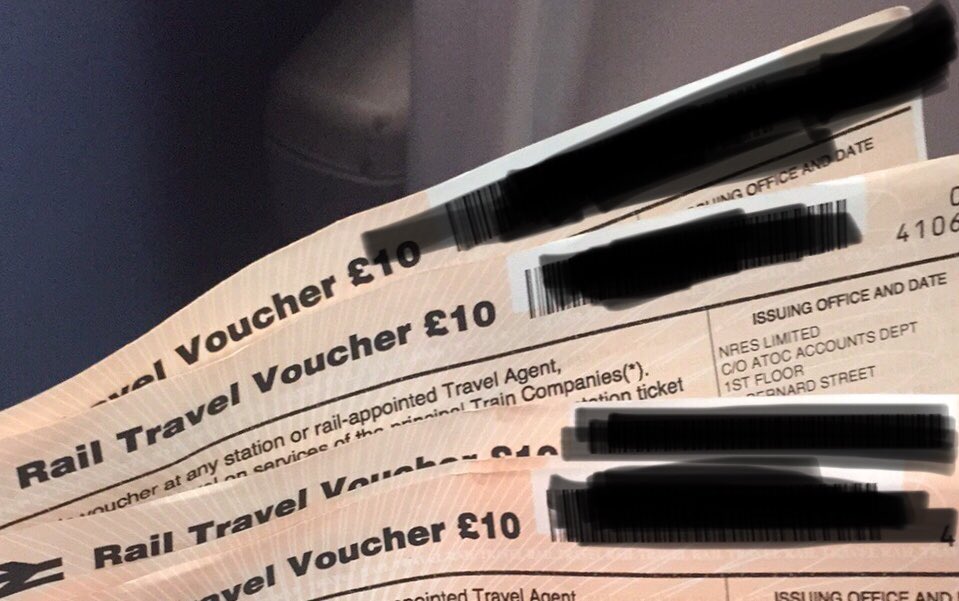
Services in London and Northern Ireland are still controlled by public authorities. The UK’s bus operations were deregulated in 1986, with most control moving from the public to the private sector. That leaves buses, trains, and modes that are important in specific locations, such as tram, metro, and ferry. I have also excluded discussion of unscheduled public transport (taxis and other demand-responsive modes), and services not available to the general public (most health and social services transport, some education transport). I will not discuss long-distance “national” services – most coach networks, Inter-City rail and aviation. For buses, local has a statutory definition – essentially, passengers must be able to get off within 15 miles of where they boarded. “Local” refers to transport within towns, cities and regions. UK Local Public Transport – An Introduction


The article first introduces the local public transport sector (primarily bus and rail), then explores the development of different data formats, before summarising data availability.

It was written to support my commentary on the Implications of Google Transit in the UK. The article is intended to provide a background for anyone wishing to understand how these data sources might be used. It does not cover solely operational data, for example, financial, patronage or staff rostering. This article provides a basic non-technical introduction to the United Kingdom’s electronic local public transport data: The data sources primarily used to produce passenger travel information.


 0 kommentar(er)
0 kommentar(er)
